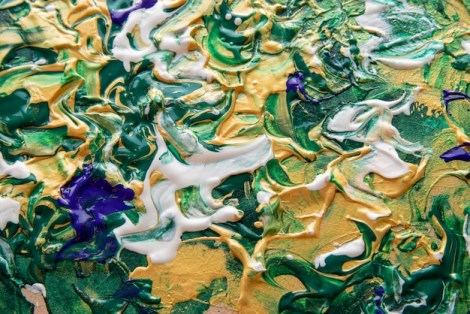Fascinating Facts about Vincent van Gogh

Vincent van Gogh was a Dutch post-impressionist painter.
He was born on March 30, 1853, in Groot-Zundert, Netherlands.
Van Gogh only sold one painting during his lifetime.
His most famous painting is The Starry Night.
He struggled with mental health issues, including depression and anxiety.
Van Gogh’s favorite color was yellow, and it is often seen in his artworks.
He painted over 2,100 artworks in his lifetime.
Van Gogh only started painting in his late twenties.
His brother, Theo, financially supported him throughout his life.
Van Gogh cut off a part of his left ear after an argument with his friend, Paul Gauguin.
Some of his artworks were created while he was in mental asylums.
Van Gogh produced many self-portraits throughout his career.
His style of painting was characterized by bold, vibrant brushstrokes.
Van Gogh often used thick layers of paint, creating texture in his works.
He was deeply inspired by Japanese art and culture.
Van Gogh’s artwork had little recognition during his lifetime; it gained popularity after his death.
He had a close relationship with fellow artist Paul Gauguin.
Van Gogh was fascinated by the beauty of nature and often painted landscapes.
His art is known for its emotional intensity and expressive qualities.
Van Gogh was a prolific letter writer, and his letters provide insight into his life and artistic process.
Fascinating Facts about Vincent van Gogh part 2
He had several stays in different cities, including Paris, Arles, and Saint-Rémy-de-Provence.
Van Gogh was greatly influenced by Impressionism and pointillism.
He had a troubled relationship with his father, who disapproved of his artistic pursuits.
Van Gogh’s mental health deteriorated in his later years, leading to his eventual suicide.
His famous painting Sunflowers is one of the most expensive paintings ever sold.
Van Gogh was a voracious reader, often referencing literary works in his letters.
He was deeply fascinated by the night sky and often painted starry scenes.
Van Gogh’s masterpieces include Irises, Café Terrace at Night, and The Potato Eaters.
Despite his struggles, Van Gogh remained dedicated to his art, often working long hours.
His unique artistic style had a significant impact on the development of modern art.
Van Gogh’s early works were influenced by the Dutch masters, particularly Rembrandt.
He experimented with different techniques and materials, such as using cardboard as a canvas.
Van Gogh had a profound love for nature, which is evident in his many landscape paintings.
He depicted everyday scenes and objects, bringing beauty to the ordinary.
Van Gogh’s art continues to inspire and resonate with people worldwide.
He admired the works of other artists, including Jean-François Millet and Édouard Manet.
Many of Van Gogh’s paintings were completed in bursts of creative energy.
His art has been featured in numerous museums and exhibitions around the world.
Van Gogh’s unique perspective and use of color set him apart from other artists of his time.
He frequently painted scenes from his immediate surroundings, capturing the essence of his environment.
Van Gogh’s legacy lives on, with his artworks remaining influential and admired centuries later.
He often painted peasant life, reflecting his empathy for those in lower social classes.
Van Gogh’s paintings convey a wide range of emotions, from joy and serenity to anguish and despair.
He believed that art had the power to heal and uplift the human spirit.
Van Gogh’s life and art continue to fascinate and captivate art enthusiasts and scholars alike.

